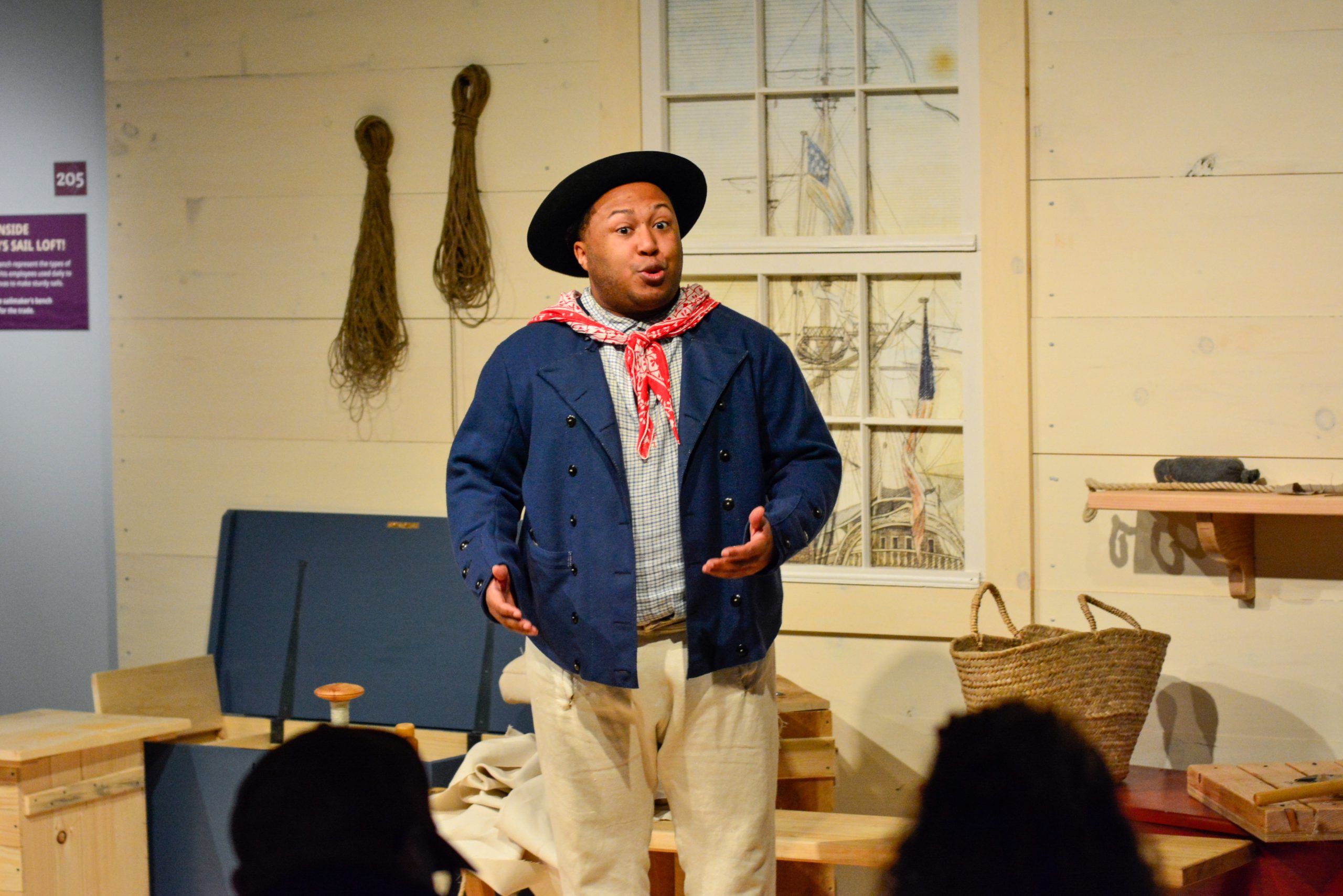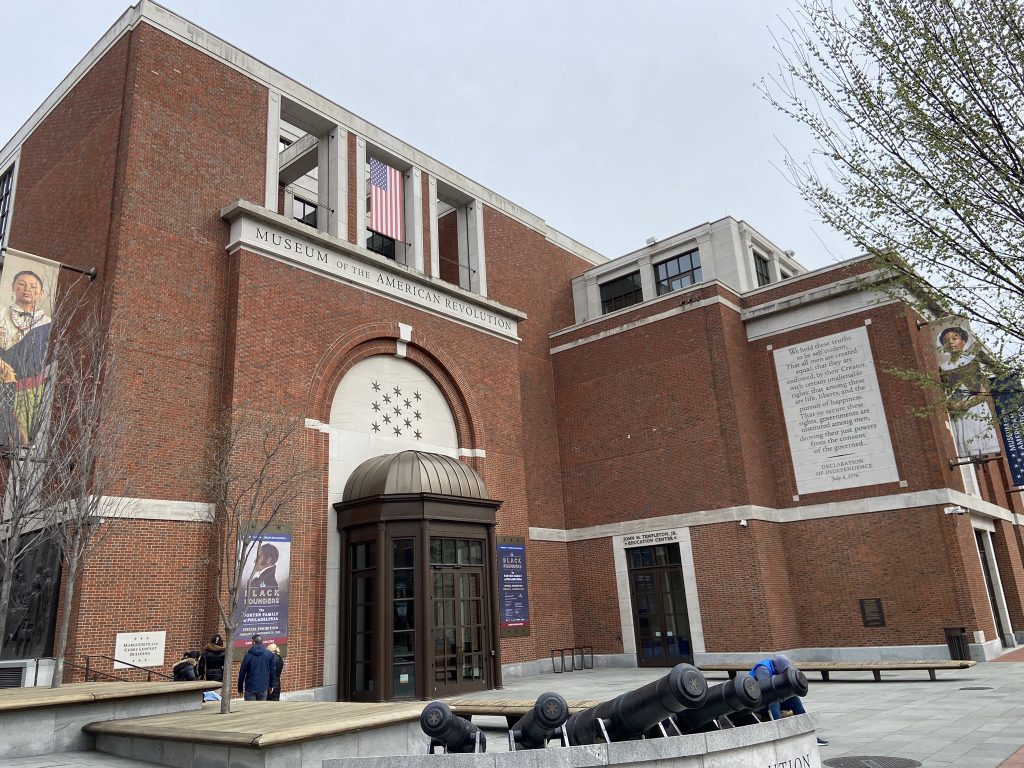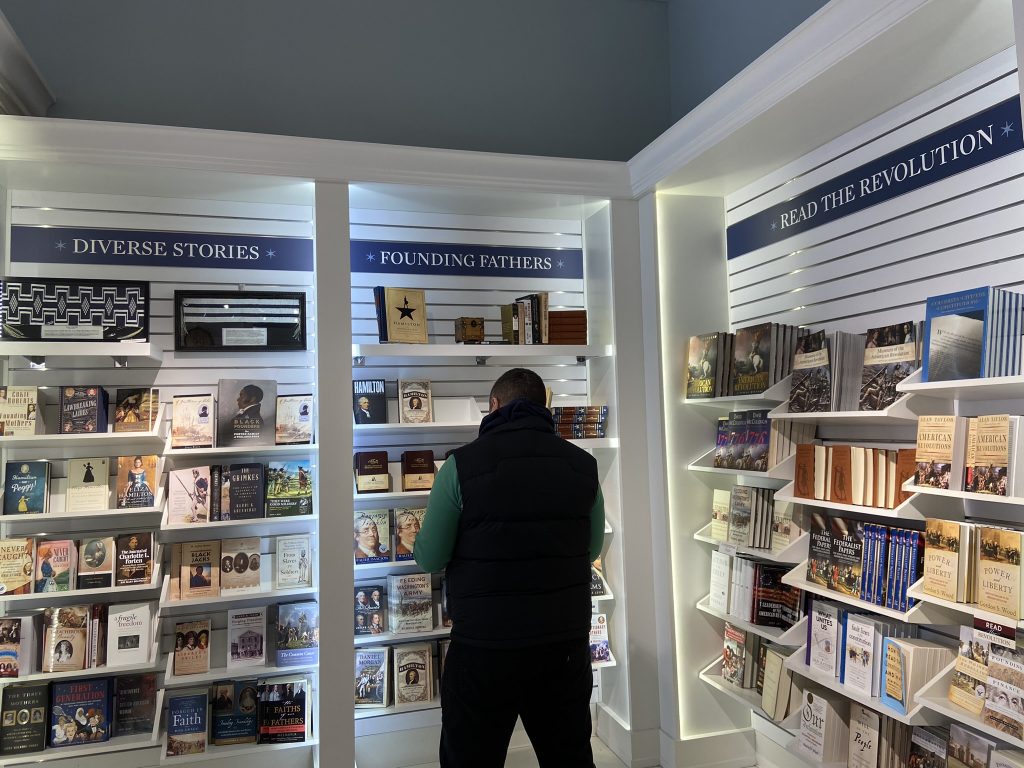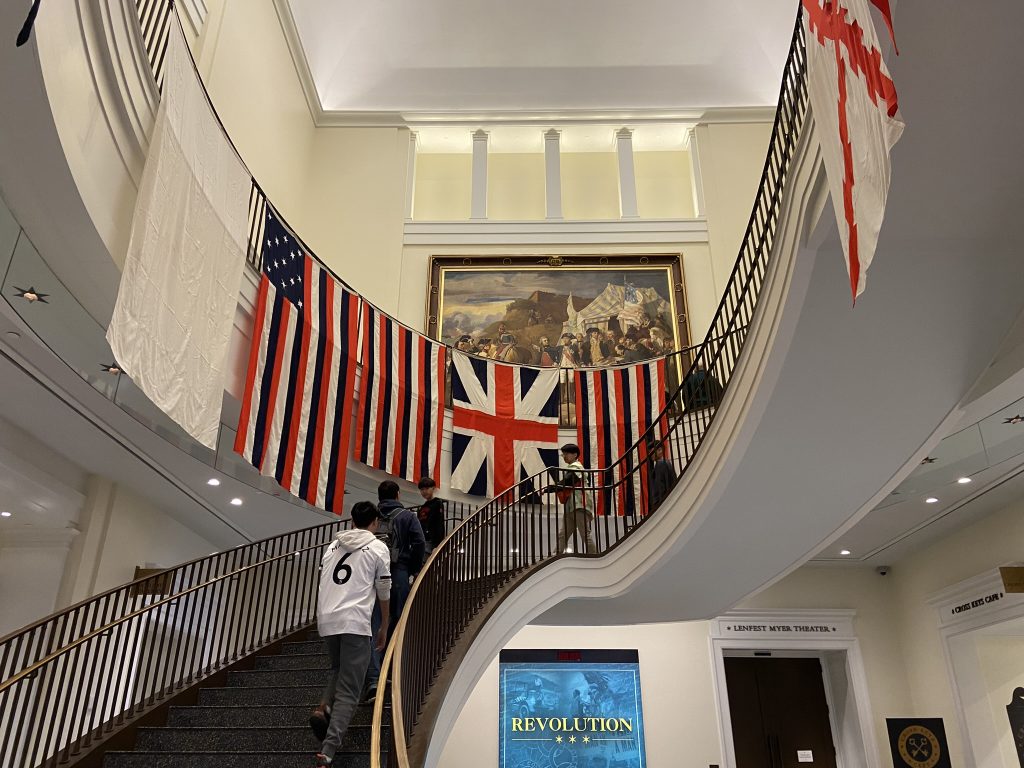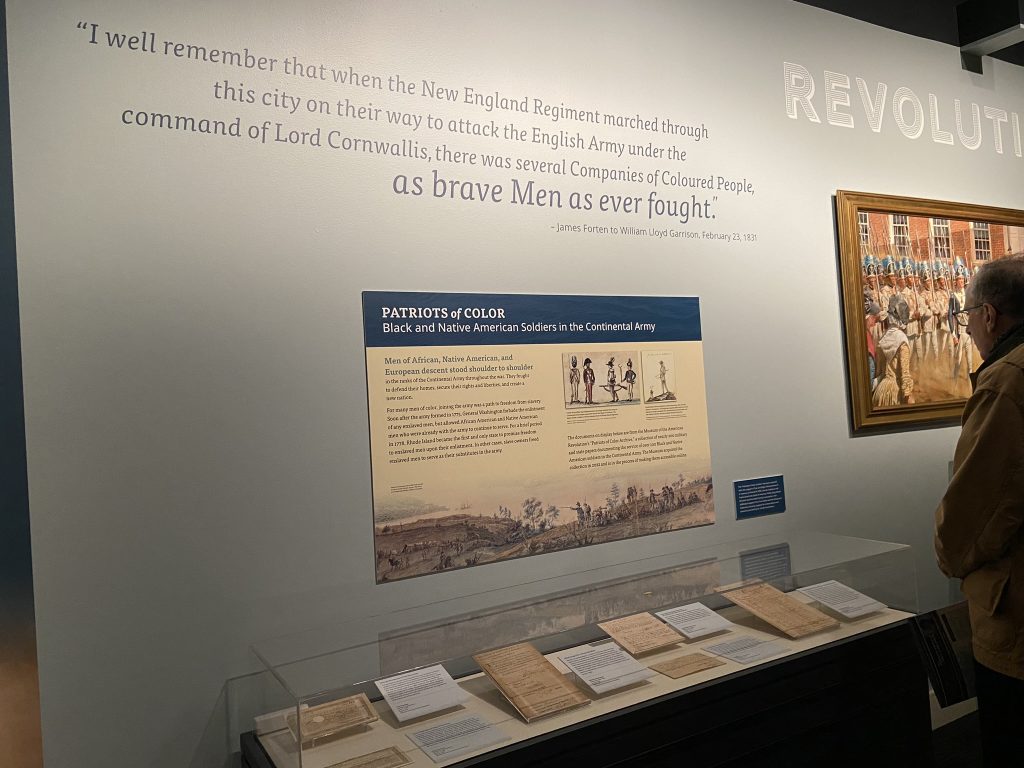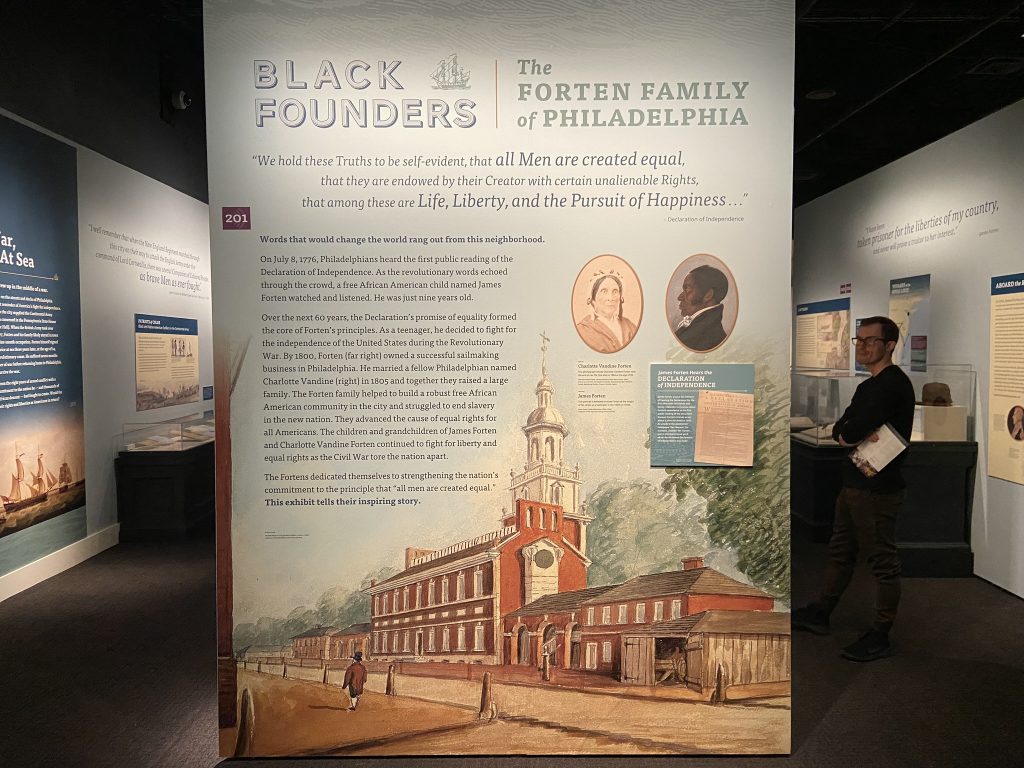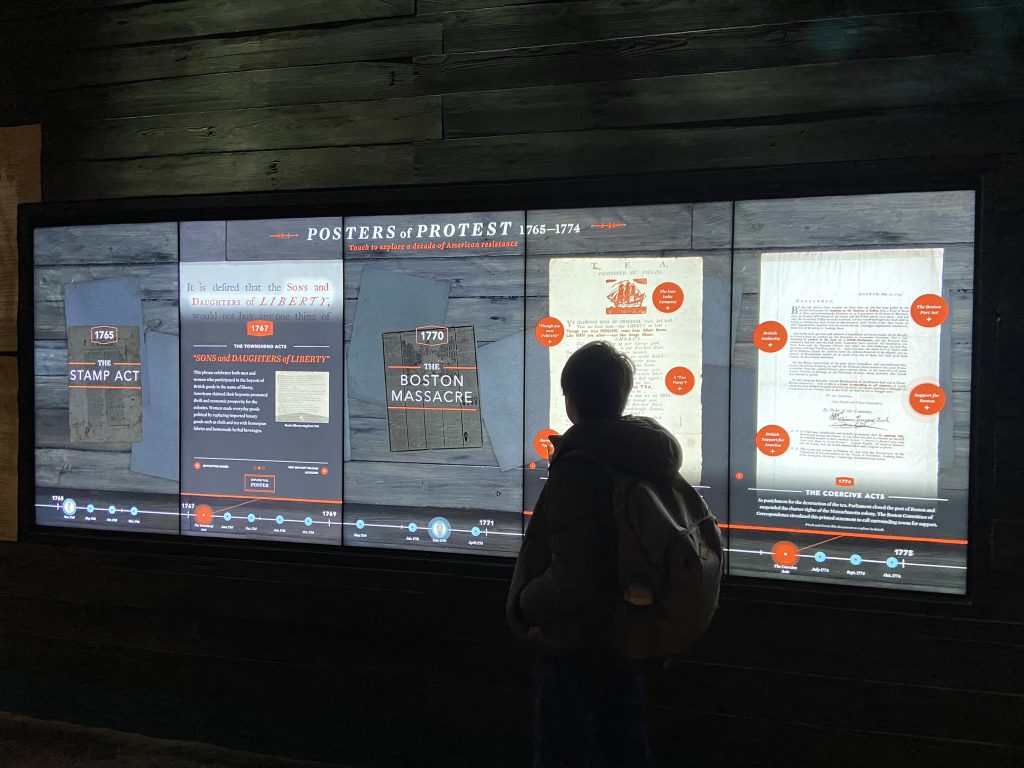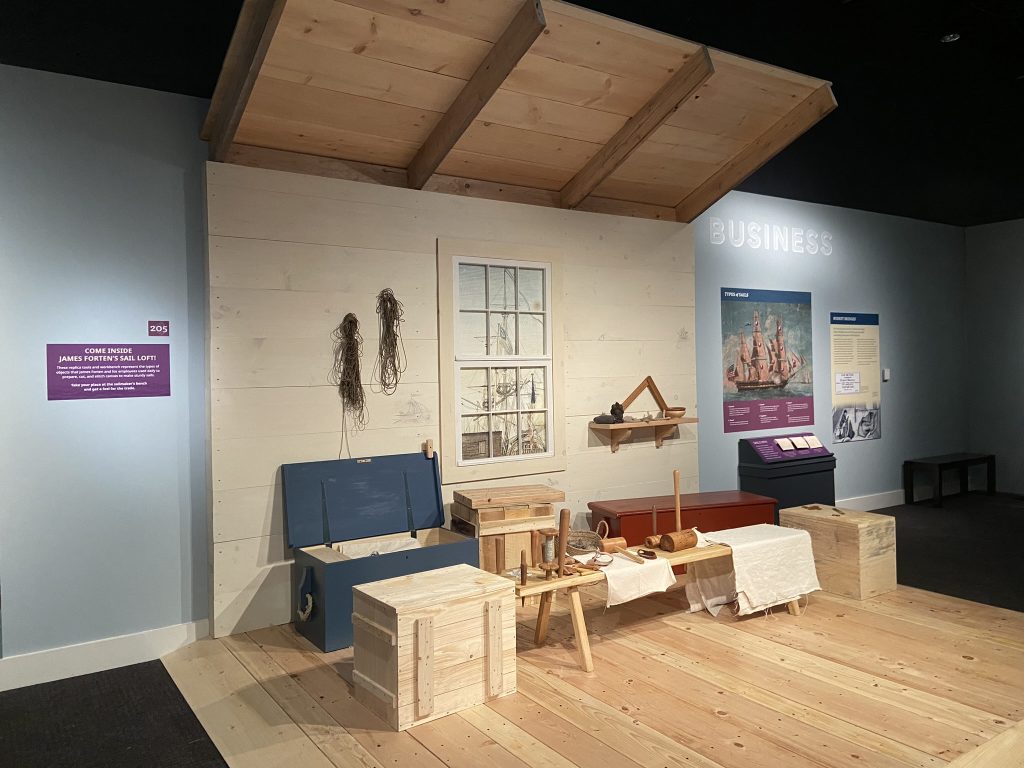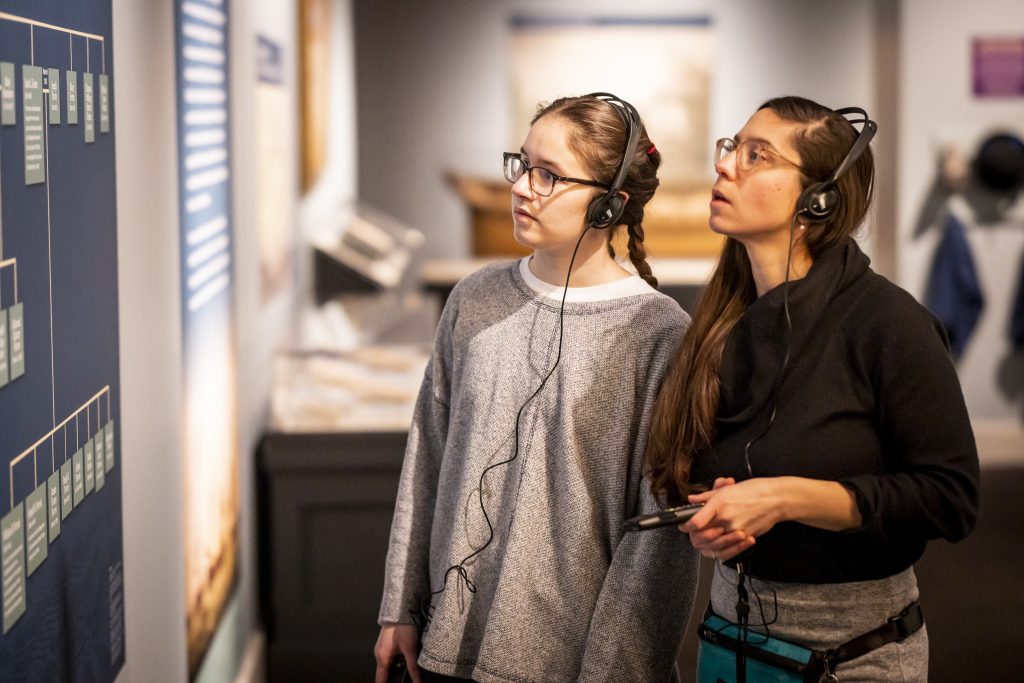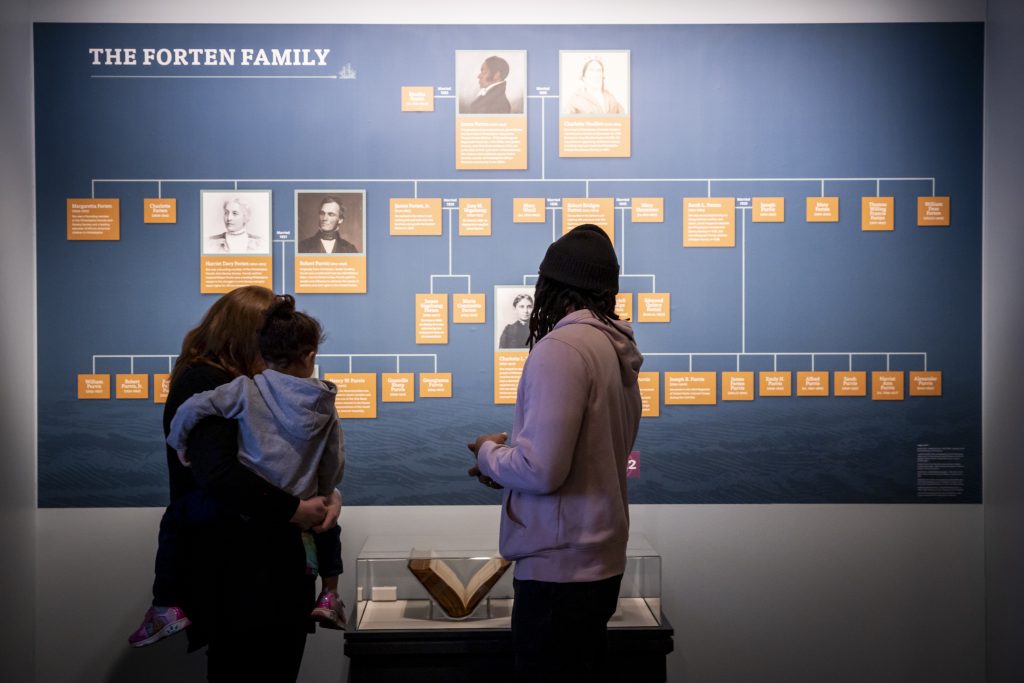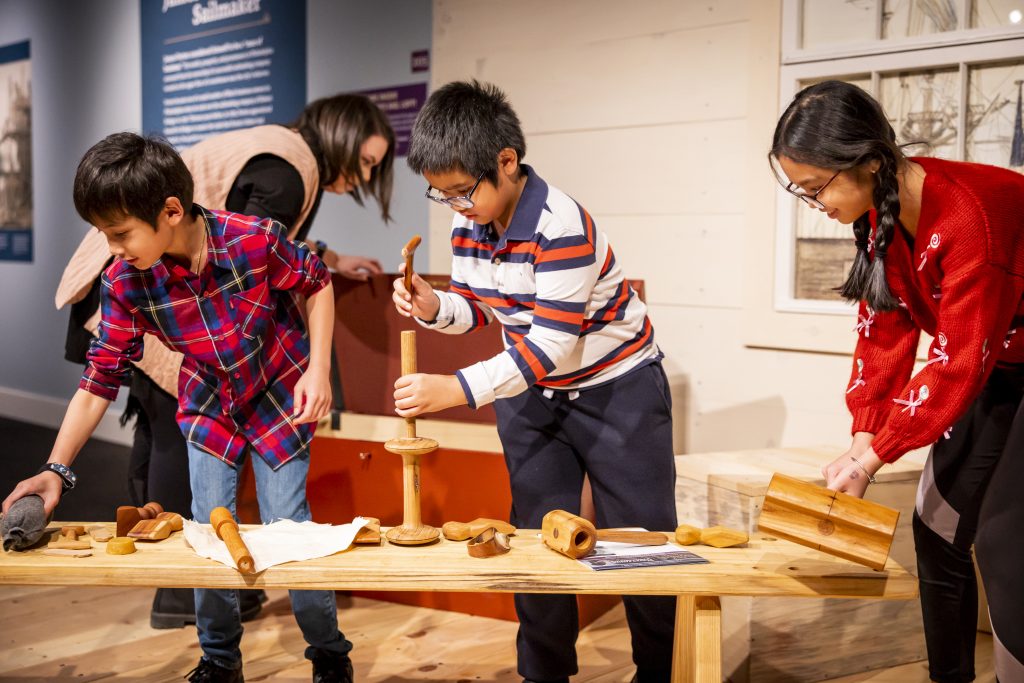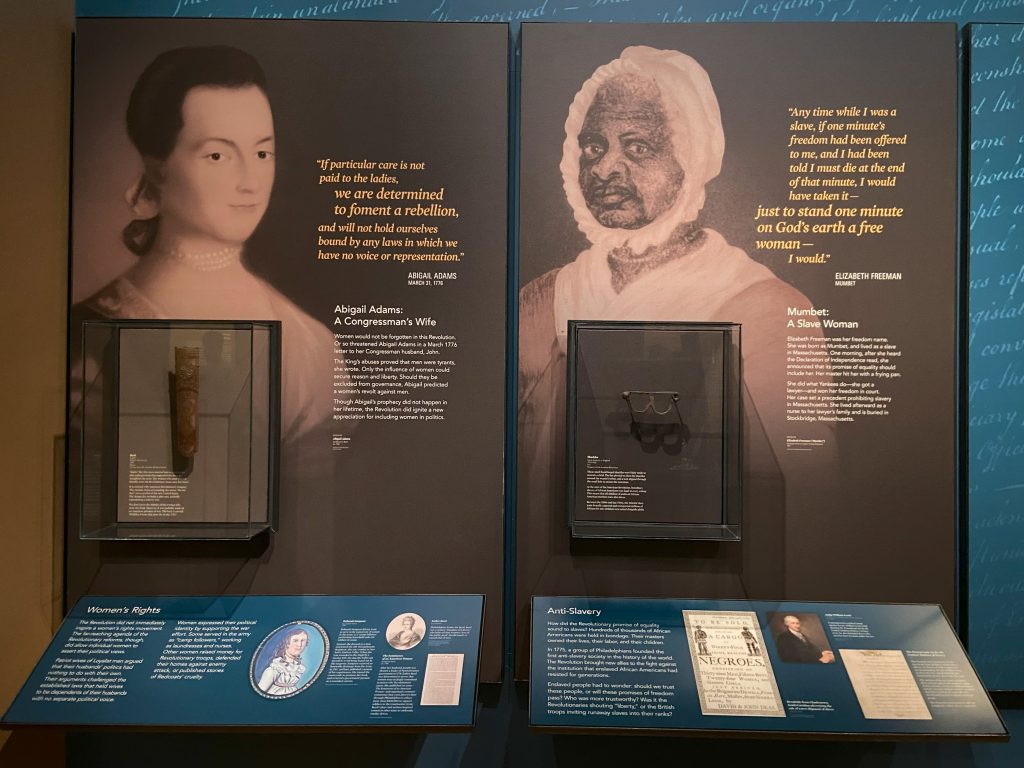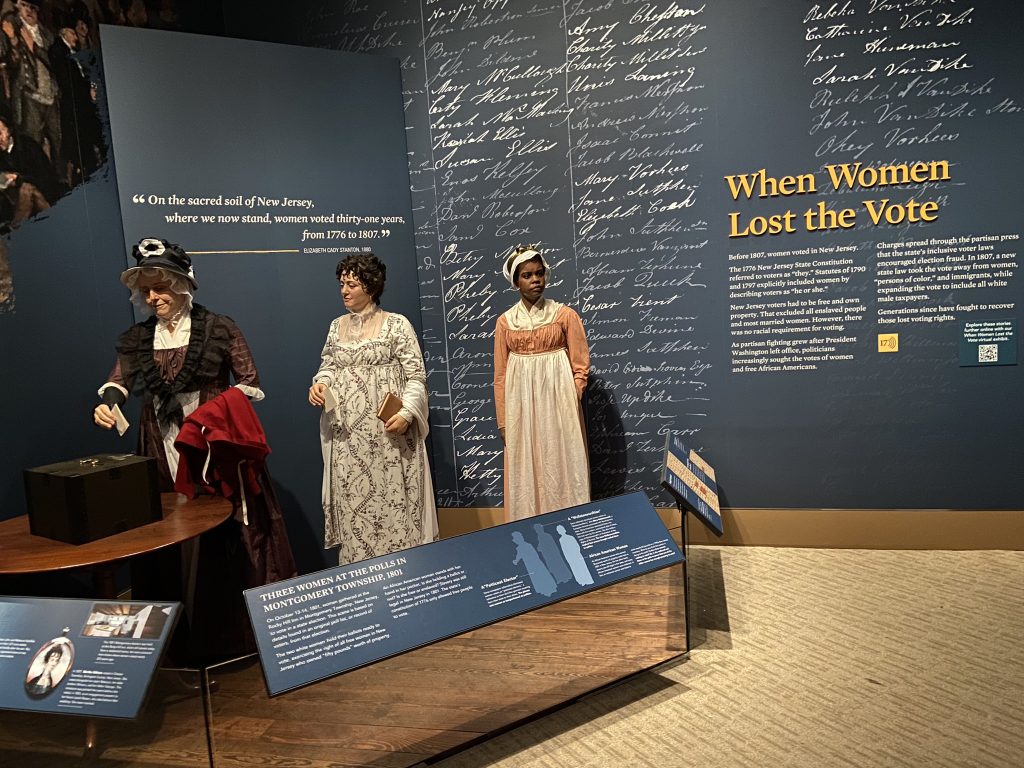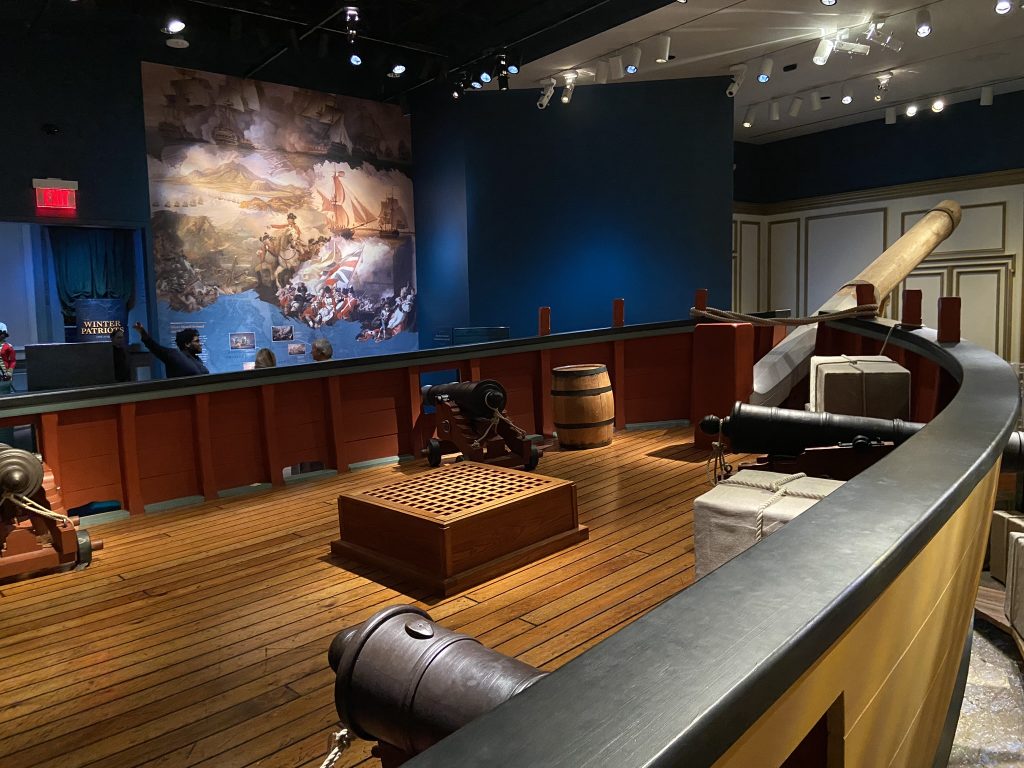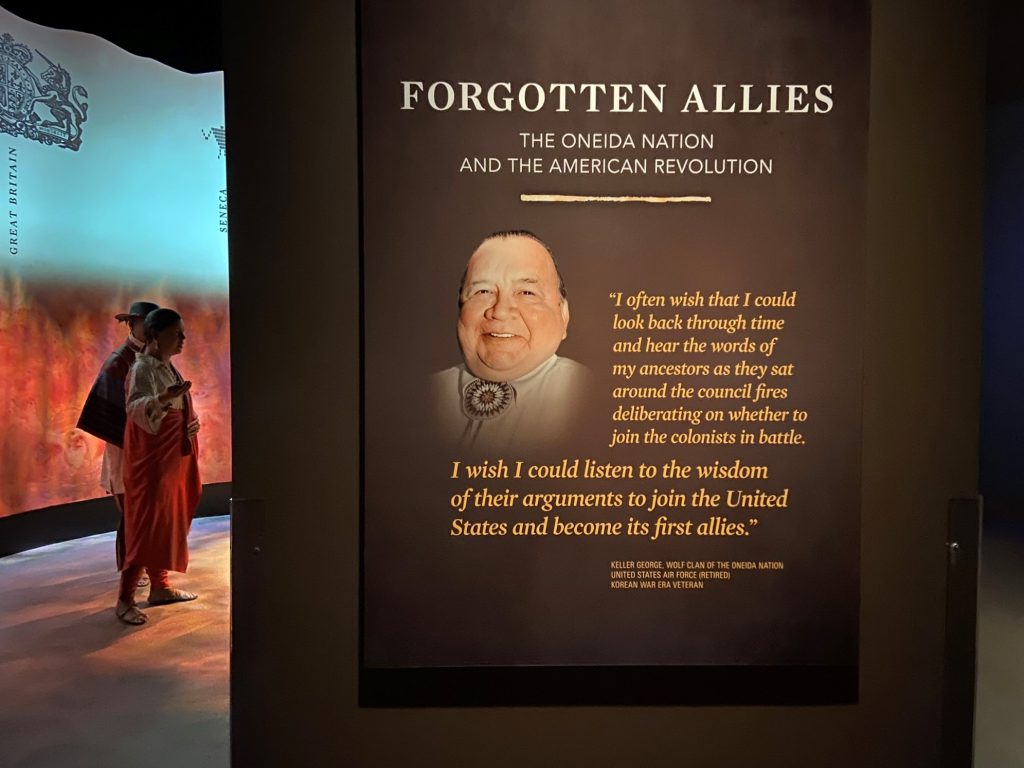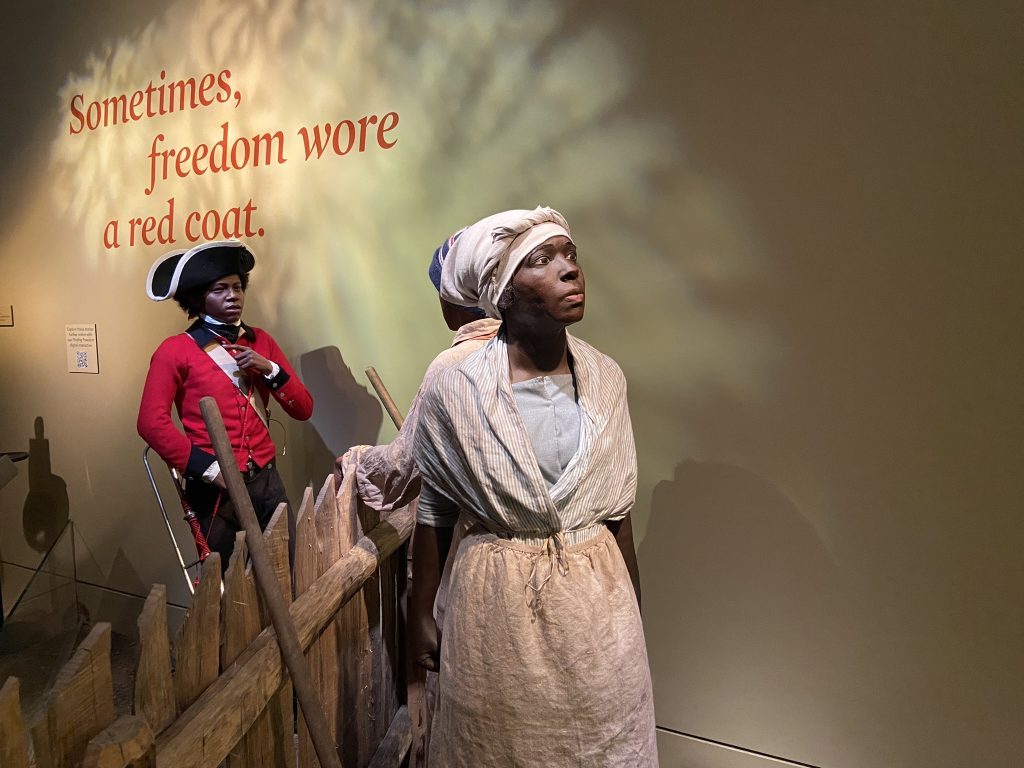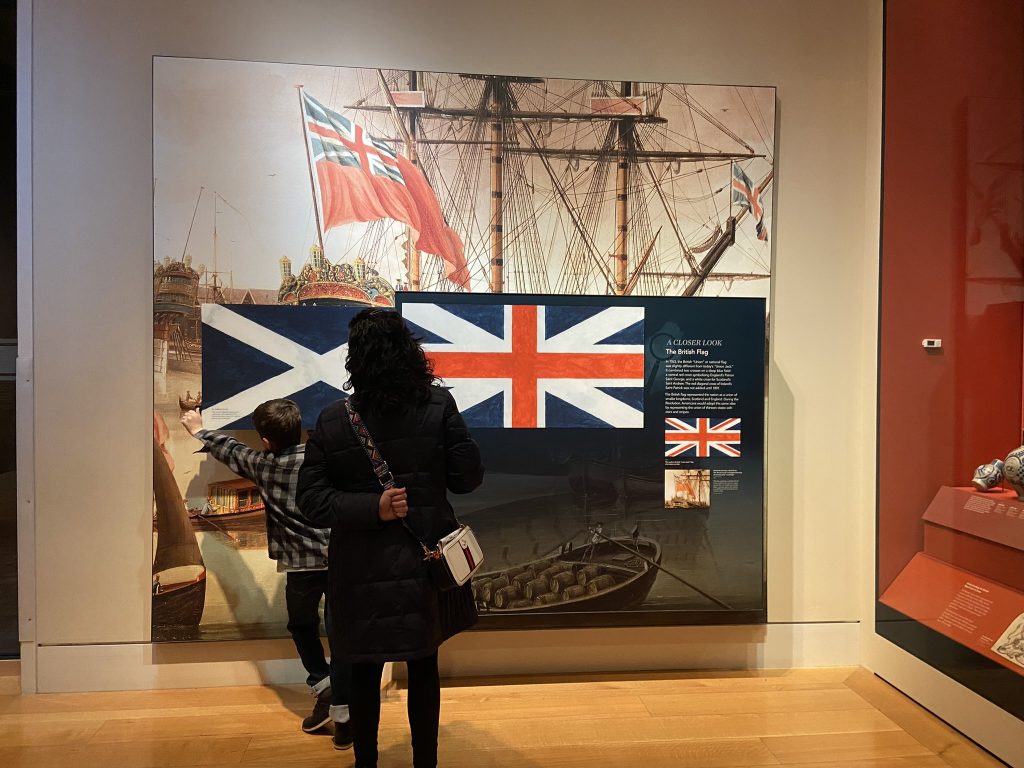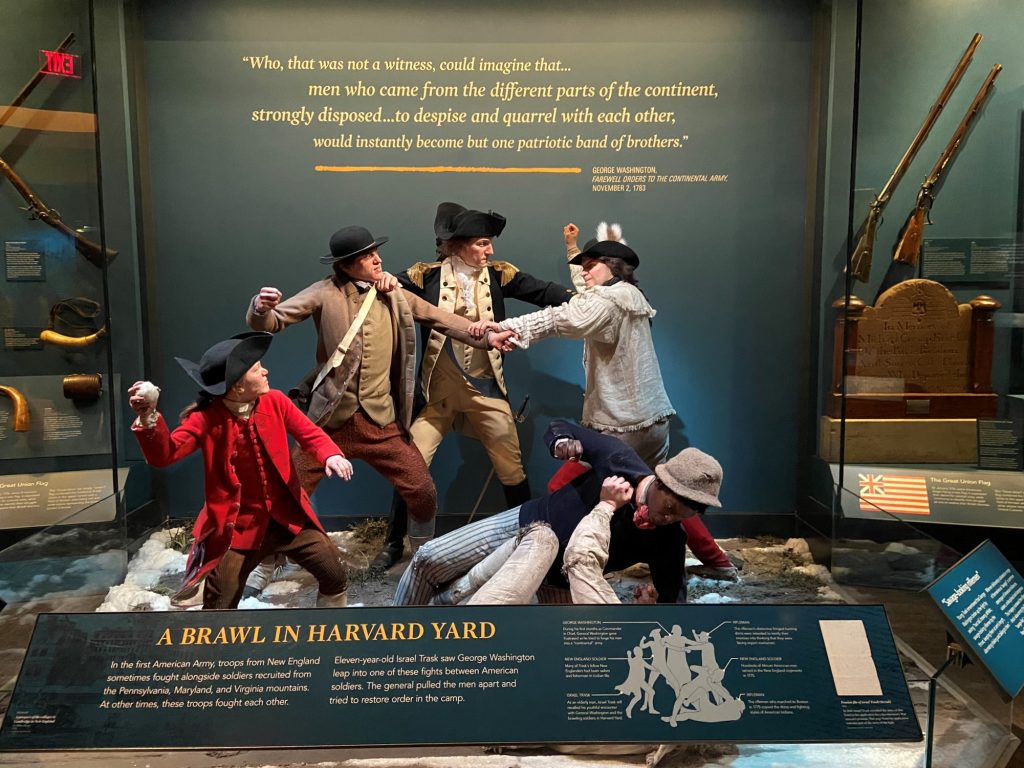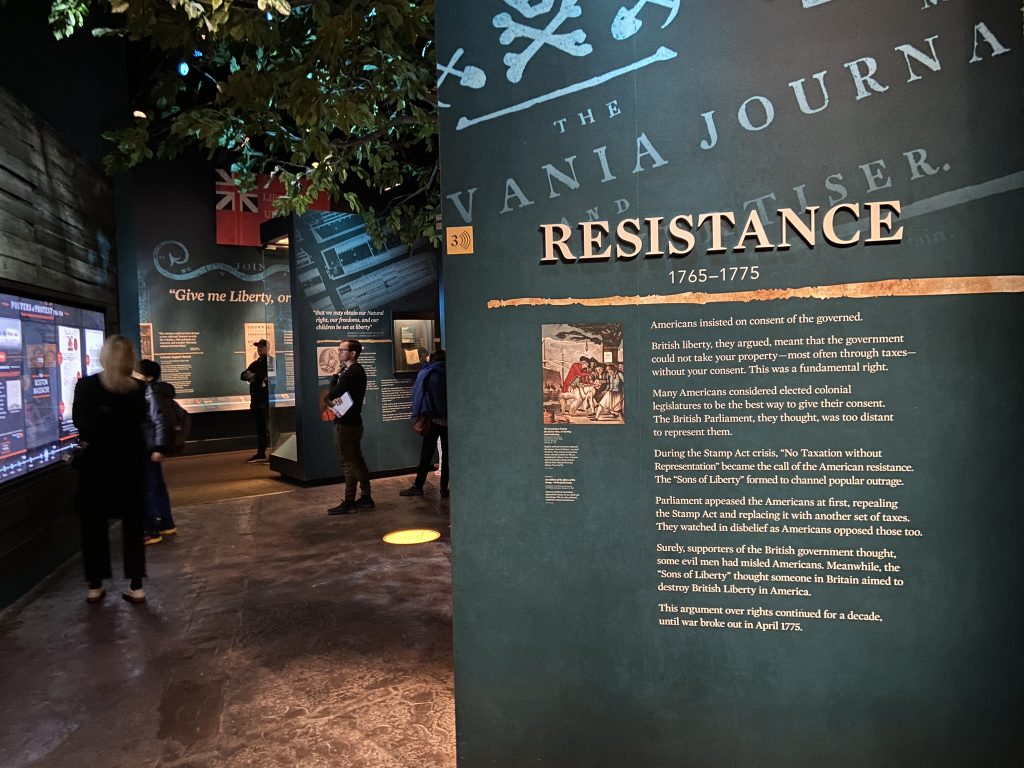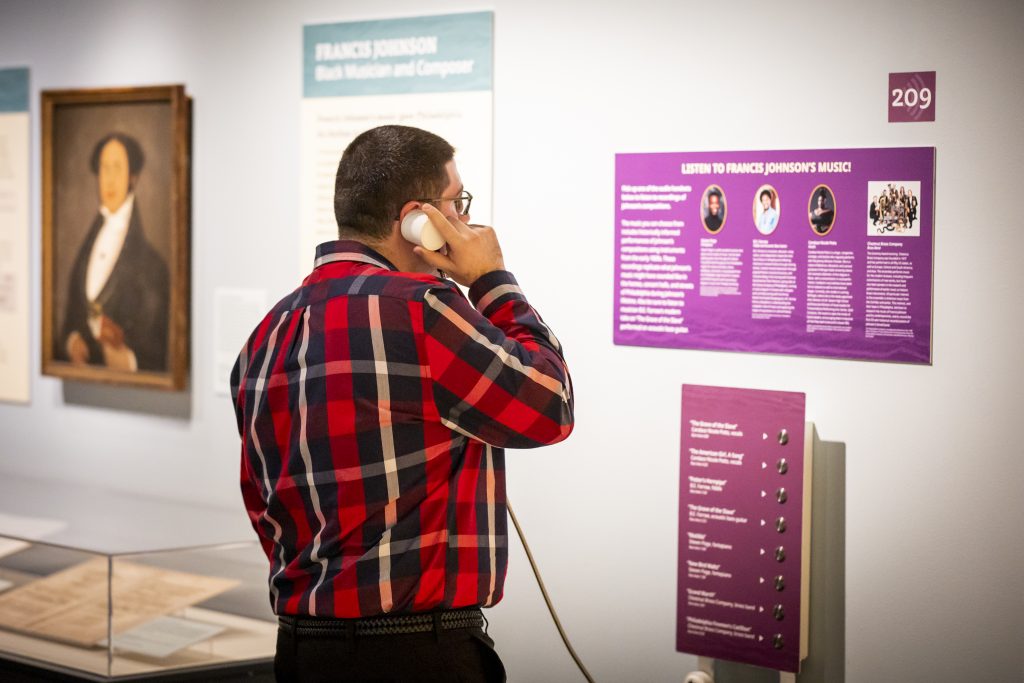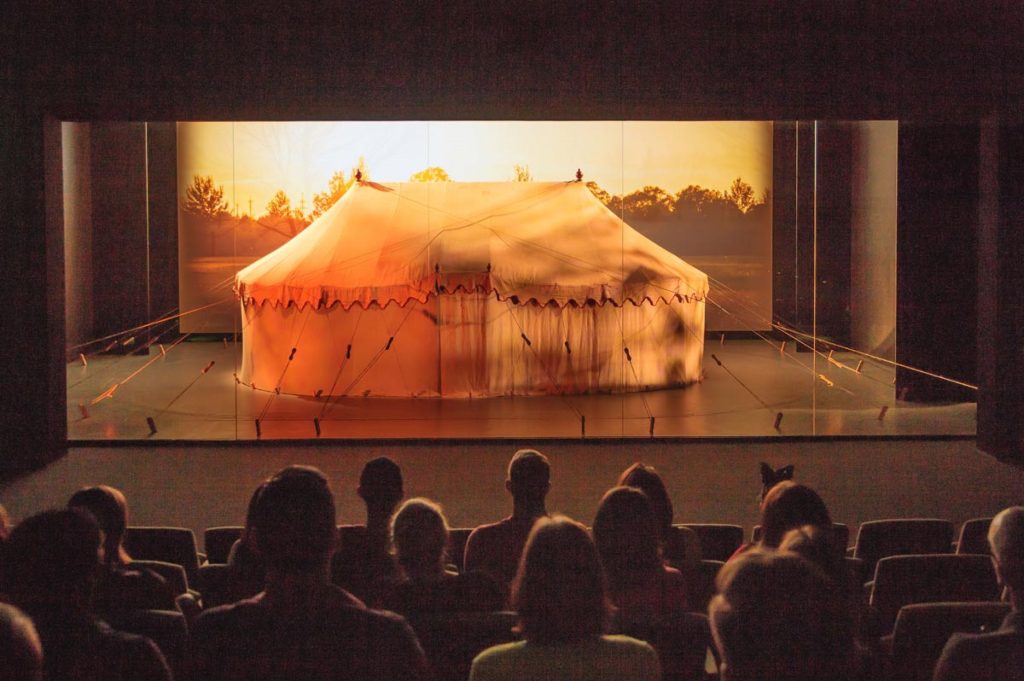Making American history relevant to people can be a challenge even in places like Philadelphia that have a wealth of museums and colonial-era sites. Opened in 2017 close to Independence Hall, the Museum of the American Revolution does just that, with immersive exhibits that connect historic events and the people who experienced them in thought-provoking, “you-are-there” displays. George Washington’s original tent from the war is a star attraction, but the museum also focuses on the struggles that transformed British subjects into revolutionaries and citizens, including the less-told stories of Native Americans, enslaved people, and women during this era. Besides an award-winning permanent exhibition, the museum’s special exhibits and programming make it an essential stop in Philadelphia for the local community and visitors.
Now on view, the excellent exhibition “Black Founders: The Forten Family of Philadelphia” (through November 26, 2023) uses artifacts on loan from descendants, archival records, and even a re-created sail-making loft—serving as a demonstration space with tools and a theatrical stage – to tell the remarkable story of James Forten (1766–1842) and several generations of his family. Born free in Philadelphia, Forten was 14 when he joined the Revolutionary War in 1781 as a sailor on a privateer ship, where he was captured and put on a prison ship. Returning to Philadelphia, Forten became an apprentice to a sailmaker and eventually purchased the sail loft, becoming one of the wealthiest people, white or Black, in the city.
Displays show Forten’s leadership in the city’s Black community and his commitment to social causes including the national and international anti-slavery movements. Some of his descendants enlisted in the Union Army during the Civil War, and Forten’s granddaughter Charlotte Forten taught formerly enslaved children in South Carolina. The family participated in the women’s suffrage movement as well. The descendants’ stories reveal how generations of one family worked to make the American promise of “all men are created equal” more of a reality.
The Founding of the Museum
Planned as a national museum about the history of the Revolution and its legacy, the Museum of the American Revolution grew from the collections of the Valley Forge Historical Society and is a private, non-profit, and non-partisan institution. From 2007 to 2018, Dr R. Scott Stephenson developed the museum’s multimedia exhibitions and oversaw its collection of artifacts, which now number over 3,000. Since late 2018, he has served as President and CEO. The museum acquired its current site on Third Street in 2009. Media executive and philanthropist H. F. “Gerry” Lenfest and his wife, Marguerite B. Lenfest, were major supporters, contributing a $40 million challenge grant. Eventually the project raised $173 million. The museum created a strategic plan for 2019–2026 with ambitious goals for expanding its outreach and impact for 2026, the 250th birthday of the country’s founding, and 2027, the museum’s 10th anniversary. Its vision remains the same, though: “To ensure that the promise of the American Revolution endures.”
Exploring the Museum
The interconnected, chronological permanent galleries are packed with historical objects and information; it’s easy to spend a half-day or full day here. Docents suggest that visitors watch two films for orientation: the 15-minute Revolution, about the experience and legacy of the war, and Washington’s War Tent, a 12-minute exploration of this unique object and Washington’s leadership style.
A handy museum map shows four main exhibit areas: The Road to Independence/Becoming Revolutionaries (1760–1775); The Darkest Hour (1776–1778); A Revolutionary War (1778–1783); and A New Nation (1783–present). Besides displays that give the local and global context of the era, each area uses costumed replica figures in dramatic settings, sound effects, short films, and vivid quotations. This engaging storytelling encourages empathy with famous figures as well as ordinary people who had to make hard choices. They could remain loyal to King George III or join the revolutionaries and risk losing everything if they lost the fight for freedom. In one scene of New York in 1776, Americans overturn the statue of the king. The theater in the Independence Gallery presents the impassioned debates in Independence Hall.
The Darkest Hour galleries illustrate the war’s challenges and American defeats, including a scene of Independence Hall being used as barracks for British soldiers and a prison for American officers when the British occupied Philadelphia in 1777. In the Oneida Gallery, replicas of members of the Oneida Nation debate whether to break with the six-nation Iroquois Confederacy and fight for the American cause. They and the Tuscarora Nation did, hoping to protect their land and sovereignty. The section on the war in the South has a display entitled Sometimes, Freedom Wore a Red Coat, a reminder that enslaved people—such as those who made up over 60 percent of the population of South Carolina—had to decide if loyalty to Britain might give them a chance for freedom. In A New Nation, some exhibits consider the debates about what kind of government the young country should have. Others focus on how obtaining freedom and equality for all would be an ongoing process that included the abolition of slavery and the extension of the right to vote to more citizens, among them women. A display called The Future of Democracy contains mirrors, reminding visitors that the future of democracy is in the hands of all of us.
Reaching Out
Families and children are welcome at the museum, where a discovery center called Revolution Place, open on weekends, re-creates four historical settings that kids can explore: a military encampment, an 18th-century church, the Three Tun Tavern, and a parlor. History Explorers booklets and programs are available, and the website lists exhibits, like a replica privateer ship, likely to appeal to kids. The website also has digital resources for home use. Educators can take advantage of digital classroom resources, virtual and in-person field trips, and professional and development workshops.
Public programs reach different audiences, such as a Read the Revolution speaker series that brings historians to the museum for discussions and a Citizenship Initiative with free civics and history courses for immigrants studying for the U.S. naturalization test. The Living History Youth Summer Institute is an intensive six-week course for young adults 15 to 21 who want to learn to interpret the lives of people of African ancestry during the 18th century. Walking tours of Philadelphia and gallery tours are other ways to engage with the museum.
The website’s impressive digital resources—videos, book lists, a timeline of the American Revolution, and much more—make the museum even more accessible to everyone.
Side Dish
Lunch, weekend brunch, or dinner at Fork, in a sleek modern space nearby on Market Street, is a special Philly treat. This Old City classic celebrated its 25th anniversary in 2022 and keeps going strong with a seasonal menu of creative contemporary American cuisine. Omelets and salads are always good choices at lunch, along with soups such as carrot-curry with yogurt and lime.
Linda Cabasin is a travel editor and writer who covered the globe at Fodor’s before taking up the freelance life. She’s a contributing editor at Fathom. Follow her on Instagram and Twitter at @lcabasin.
Featured photo: In “Black Founders: The Forten Family of Philadelphia,” actor Nathan Alford-Tate portrays the young James Forten in a sail-making loft. Photo courtesy of the Museum of the American Revolution.

